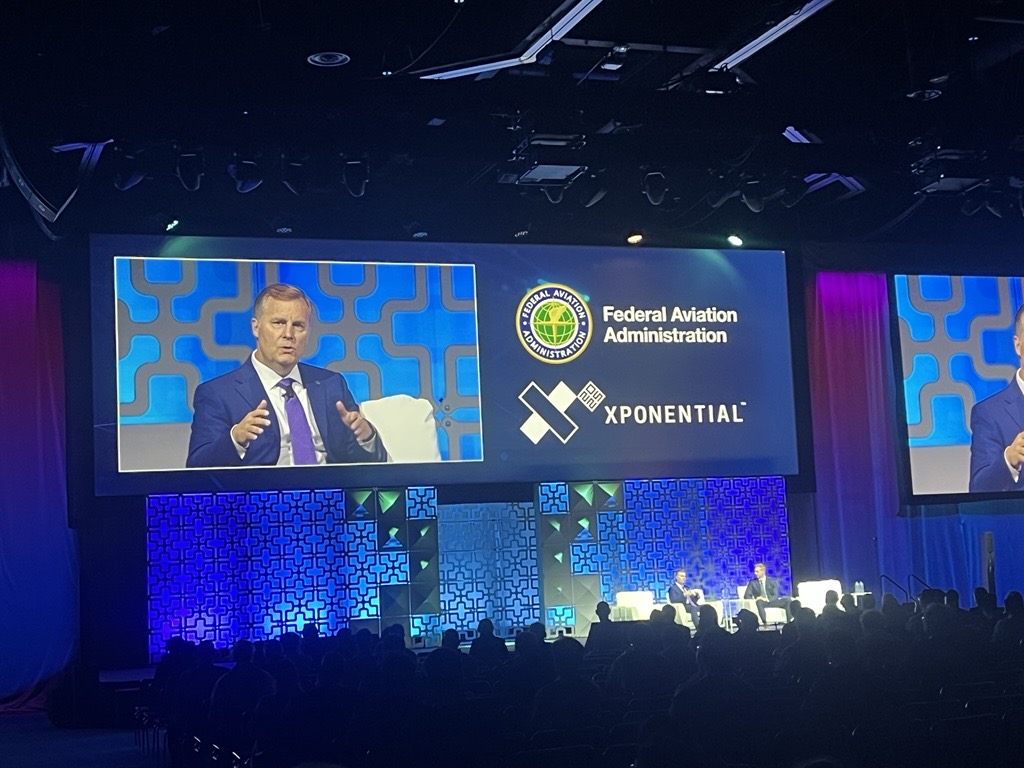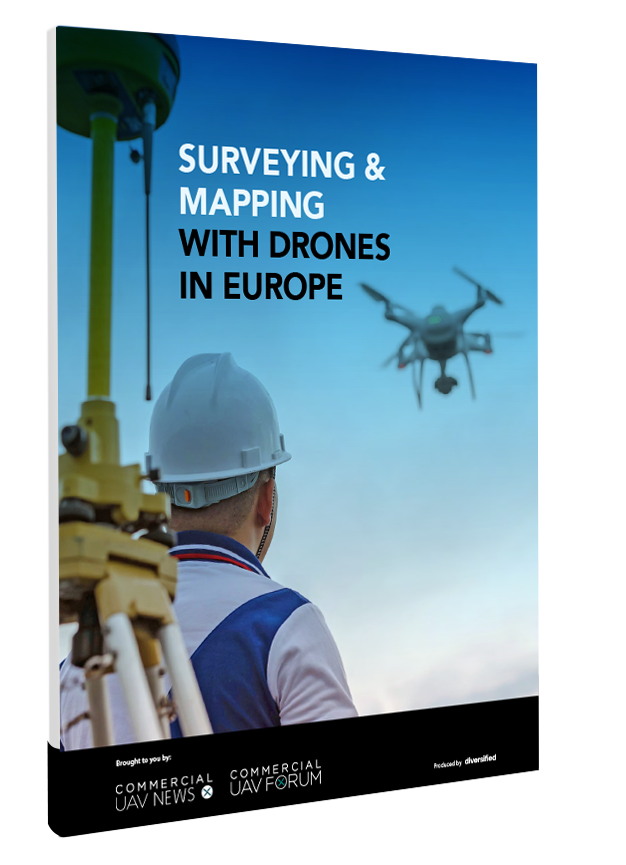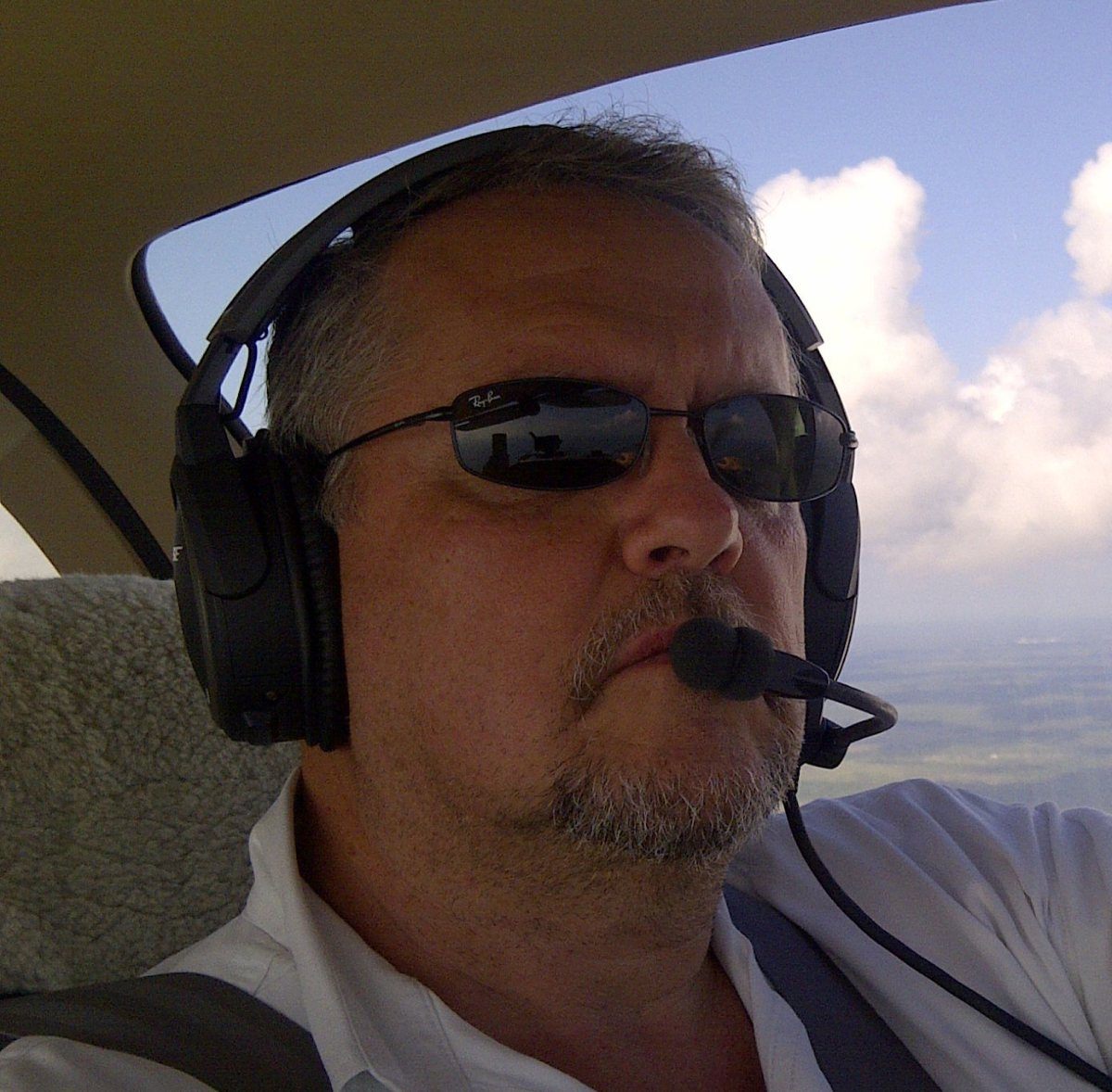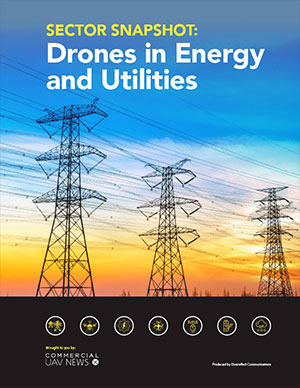In the day-three keynote session at Xponential 2025, Michael Robbins, President & CEO of AUVSI, sat down with Chris Rocheleau, Administrator (Acting), Federal Aviation Administration, to discuss how the FAA is navigating the current state of the aviation industry and what needs to be done to ensure innovation and safety in the future.
Current State of the Industry from the FAA’s Perspective
“The state of the aviation industry is set up for its greatest opportunity for immediate change. Our focus is on adopting new technology and bringing it into airspace safely. And it's not unique to drones or advancing mobility, but some of the other technologies that are out there that are safety-enabling,” Rocheleau stated in his opening address.
His sentiment that there is “a lot of energy in the FAA team on helping the industry move forward” suggests that there will be improvements in the future for the approval and certification process for operators.
Despite that, Robbins and Rocheleau’s conversation addressed the current state of the rule-making process and what they need to see change for future efficiency.
“It’s heavy, complicated, and repetitive. When I rejoined the agency, I had the UAS team get together to look at where we are with BVLOS to 209, and asked ourselves 'What are those rules?' 'How do we move those out?' As part of the new administration, we want to make sure they're consistent with the executive orders. The team has done a fantastic job of moving through the process by getting it to OMB and to the White House for final review,” explained Rocheleau.
Previous sessions at Xponential 2025 featured other speakers from the FAA who also discussed impending updates on the status of Part 108 as operators eagerly await this new rule.
In discussing the roll out of Part 108 and integrations of other technology into the airspace, Rocheleau noted the importance of consulting with the industry during to ensure their needs are being met with safety as a top priority. “Our goal is to make sure things are moving forward while working through transitions in the White House," he stated. "It’s imperative that we get input from the industry to inform us how to move forward in safe manner.”
Advancements in UTM and Air Traffic Control
As recreational drone use becomes more popular, there is a clear need to educate the public on airspace policies and general rules when flying in public areas. Before that can be done, the speakers emphasized, there needs to be advancements in drone detection and mitigation technologies, both of which have different applications. For the FAA, the safety of take-offs and landings at airports remains a priority.
“I think about how intensely focused we are on good drone detection, and that is so important. Whether it's our defense counterparts, homeland security, local or state law enforcement, they have the tools they need to identify those drones and to interdict those where they can," Rocheleau said. "We have over 100 reports of drones next to airports every month. We must educate people that that's illegal and unsafe.”
Throughout the conference, the idea that manned aviation and unmanned aviation are treated as separate entities when it comes to flight systems and training requirements has been repeated. Industry leaders believe that this should not be the case, especially when it comes to air traffic control technology. Rocheleau touched on the idea that a refreshed system would mitigate this dichotomy.
“Investments in air traffic controls technology is driving autonomous flight," he asserted. "The system we have is safe, but we are overdue to build a new one that can meet the demands of tomorrow and for the next 10 years.”
Rocheleau continued by discussing what progress is underway on this front. “We will continue to work with the White House and Congress to make sure that we're able to build that foundation for not just managing traffic safely and efficiently today, but for the aerospace of the future to include drones, autonomy, advanced air mobility, and commercial space launches,” he said.
The keynote conversation closed with a bright outlook on the future of the FAA and its workforce. Plans are in place to streamline approval processes by building on those that have worked well in the past and tailoring them to their specific rules, the presenters said. With the notion that the FAA workforce is “past the hurdle,” the industry is hoping to see greater momentum in advancing the unmanned industry in the coming years.




.jpg.small.400x400.jpg)










Comments